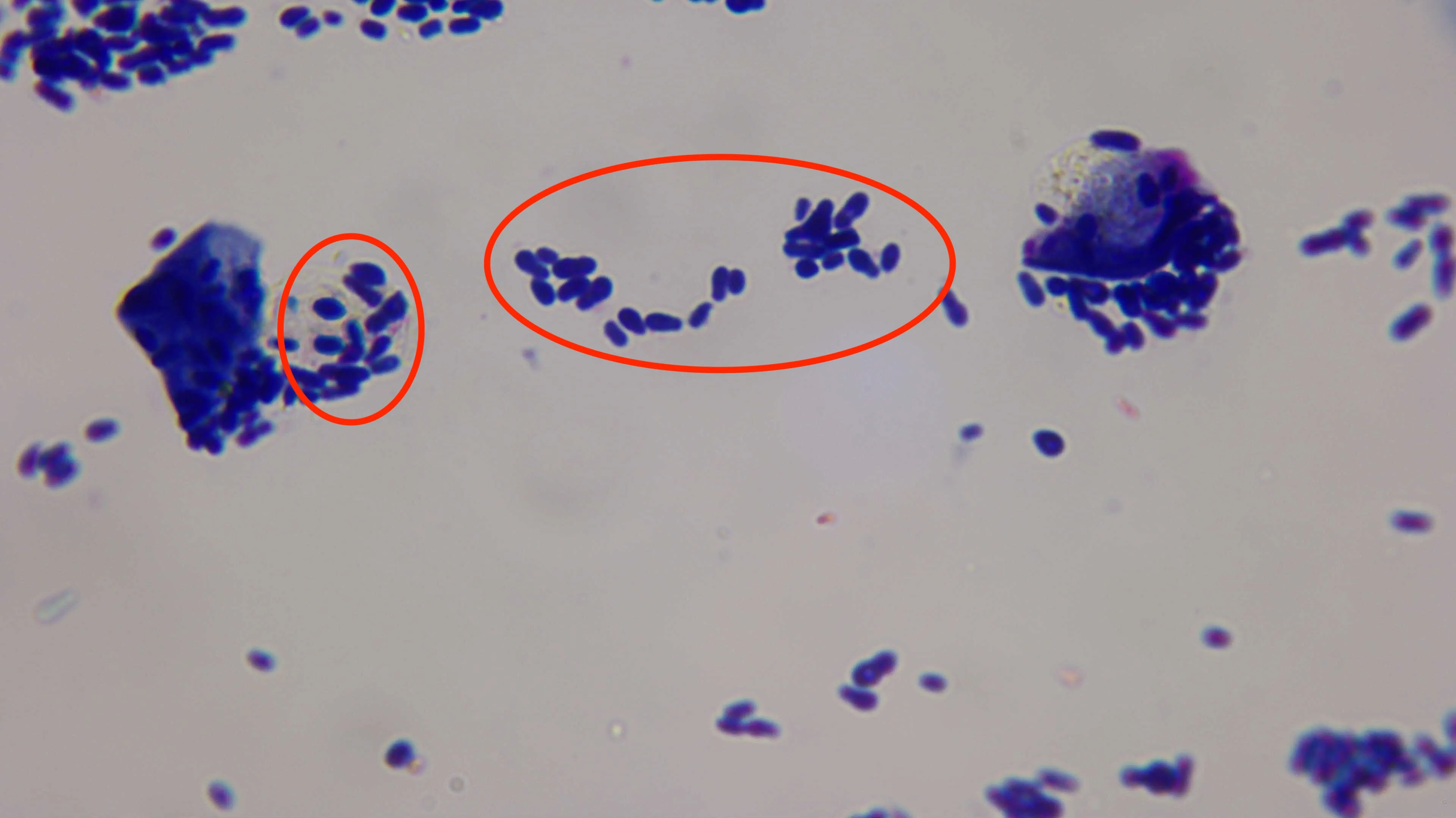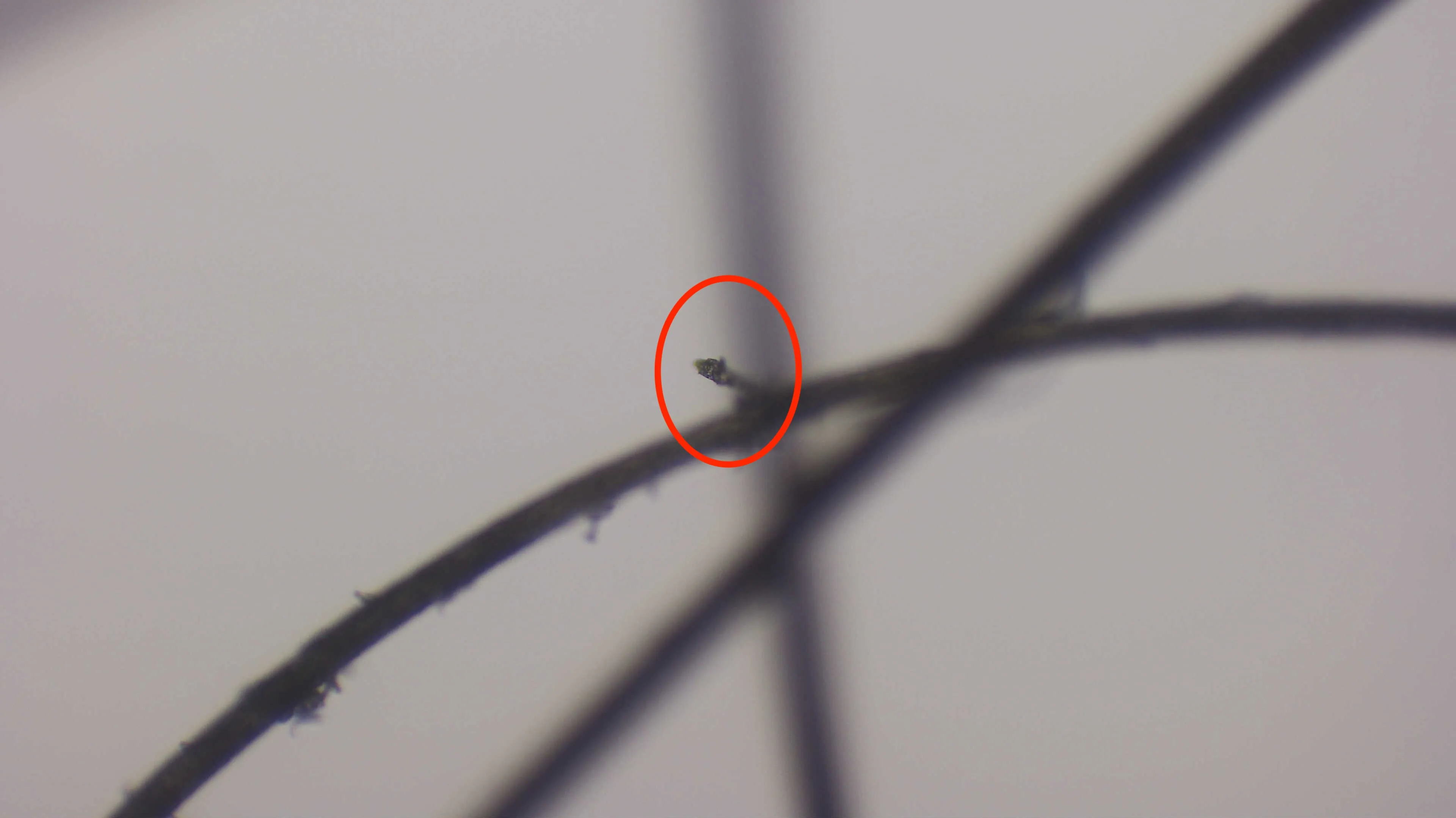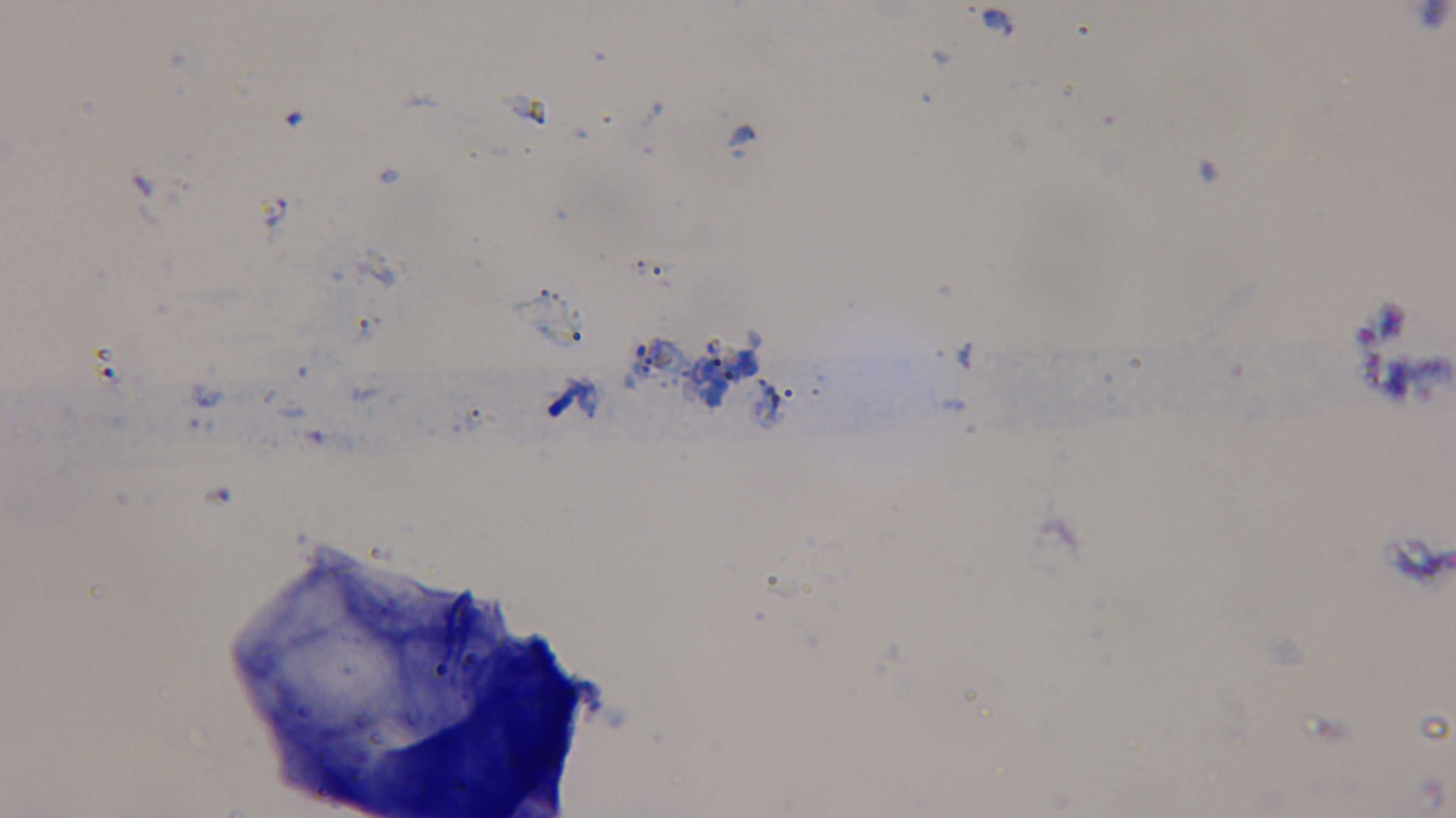March 19, 2025
DAY 13 - Zoey’s Skin Health: Understanding Skin Reactions & Viral Infections in Dogs
If you’ve been following Zoey’s journey, you know she’s more than just a fluffy, regal-looking Chow Chow—she’s a strong-willed pup who’s had her fair share of ups and downs. Recently, though, she faced a skin health challenge caused by a viral infection, which led us down a path of research, vet visits, and dedicated care.
Skin infections in dogs—especially after a viral illness—can be frustrating, and trust me, seeing your pup uncomfortable is one of the worst feelings as a pet parent. But with the right understanding, treatment, and care routine, Zoey has bounced back stronger than ever!
Let’s dive into everything you need to know about viral infections, secondary skin reactions, and how to manage your dog’s skin health effectively.
How Viral Infections Affect Your Dog’s Skin
Dogs, like humans, can experience skin reactions after a viral infection. When Zoey started showing signs of itchy, irritated skin and small bumps, we knew something was off. But what exactly causes this?
✔ Weakened Immune System – Viral infections lower a dog’s ability to fight off bacteria and fungi, leading to secondary infections.
✔ Inflammation & Skin Sensitivity – Some viruses trigger rashes, hives, or increased skin irritation, which can quickly worsen if left untreated.
✔ Bacterial & Fungal Overgrowth – With the immune system compromised, opportunistic bacteria or yeast can thrive on your dog’s skin.
Zoey’s Skin Diagnosis: What the Tests Revealed
To get to the root of her skin issues, we took Zoey for:
🔬 Swab Tests – Showed the presence of bacterial overgrowth and mild inflammation.
🔬 Trichogram (Hair Test) – Checked for signs of mites, fungus, and hair breakage.
🩺 Full Health Exam – Confirmed no underlying allergies but a viral-triggered skin reaction.
The verdict? The viral infection had weakened her immunity, allowing bacteria and fungi to irritate her skin. While it wasn’t life-threatening, it needed quick action to prevent discomfort and further complications.
Signs Your Dog May Have a Skin Infection
If your dog is showing any of these symptoms after an illness, a secondary skin infection could be developing:
🔹 Excessive scratching or licking
🔹 Red, inflamed skin (especially around the paws, belly, and ears)
🔹 Hair loss or bald patches
🔹 Rashes, bumps, or scabs
🔹 Foul odor (common with bacterial infections)
🔹 Oily, greasy coat or excessive dandruff
🐾 Zoey’s Symptoms: She had patches of irritation, mild hair loss, and increased scratching, which meant we needed to act fast before it worsened!
How to Help Your Dog Recover from Skin Reactions
Dealing with a viral-related skin infection can feel overwhelming, but here’s what worked for Zoey’s healing journey:
1. Vet Checkups & Skin Tests 🏥
📌 Early detection is key! A swab test or trichogram helps identify bacteria, yeast, or mites before they cause severe damage.
🐶 Zoey’s Routine: Regular checkups helped us monitor her skin’s progress and adjust treatments accordingly.
2. Prescribed Medications & Topical Treatments 💊
📌 Based on test results, your vet may recommend:
✔ Antibiotics (for bacterial infections)
✔ Anti-fungal meds or shampoos (for yeast overgrowth)
✔ Mild steroids or soothing sprays (for inflammation)
🐶 Zoey’s Treatment: A combination of topical medicated sprays and gentle cleansing helped her skin recover quickly.
3. A Nutrient-Rich Diet for Stronger Immunity 🥩🥦
📌 Nutrition plays a HUGE role in skin health and immune recovery.
✔ Omega-3 & Omega-6 fatty acids (for anti-inflammatory benefits)
✔ High-protein diet (Zoey thrives on lamb and salmon-based kibble)
✔ Probiotics (to promote gut health, which supports immunity)
🐶 Zoey’s Diet Tip: Since switching to a high-protein, fish-and-lamb-based diet, her skin has been healthier, and she’s had fewer allergic reactions!
4. Keeping the Skin Clean & Dry 🛁
📌 A proper grooming routine prevents bacteria from thriving on damp, irritated skin.
✔ Vet-approved medicated shampoos help control bacterial or fungal growth.
✔ Keep the coat dry after baths—moisture can worsen skin conditions.
✔ Brush regularly to remove loose fur and improve airflow to the skin.
🐶 Zoey’s Routine: We use a mild, oatmeal-based shampoo to soothe her skin and always pat-dry thoroughly after baths.
5. Monitoring for Future Skin Issues 👀
📌 Regular skin checks help catch problems before they get worse.
✔ Check for new rashes or bumps weekly.
✔ Monitor scratching behavior—excessive licking can indicate discomfort.
✔ Keep track of any diet or environmental changes that might trigger reactions.
🐶 Zoey’s Checkups: We inspect her fur daily for redness, dryness, or sensitivity—this small habit has helped prevent bigger issues!
Zoey’s Recovery: From Itchy to Happy! 🐾✨
After a few weeks of consistent care, diet adjustments, and soothing treatments, Zoey’s skin improved dramatically! She’s back to her playful, fluffy self—and best of all, no more discomfort!
This experience taught us that skin health in dogs goes beyond just fur care—it’s connected to diet, immunity, and overall wellness.
Final Woof: How to Keep Your Dog’s Skin Healthy Year-Round
🐾 Regular vet checkups & skin tests
🐾 Use allergy-friendly diets (like lamb or salmon-based kibble)
🐾 Keep skin clean & dry to prevent bacterial growth
🐾 Monitor for early signs of irritation or infections
If your pup is dealing with skin reactions from a viral infection, don’t panic—early action and the right care can make all the difference!
📢 Has your dog ever had a skin issue? What worked best for their recovery? Share your experience in the comments below! 🐶💛



